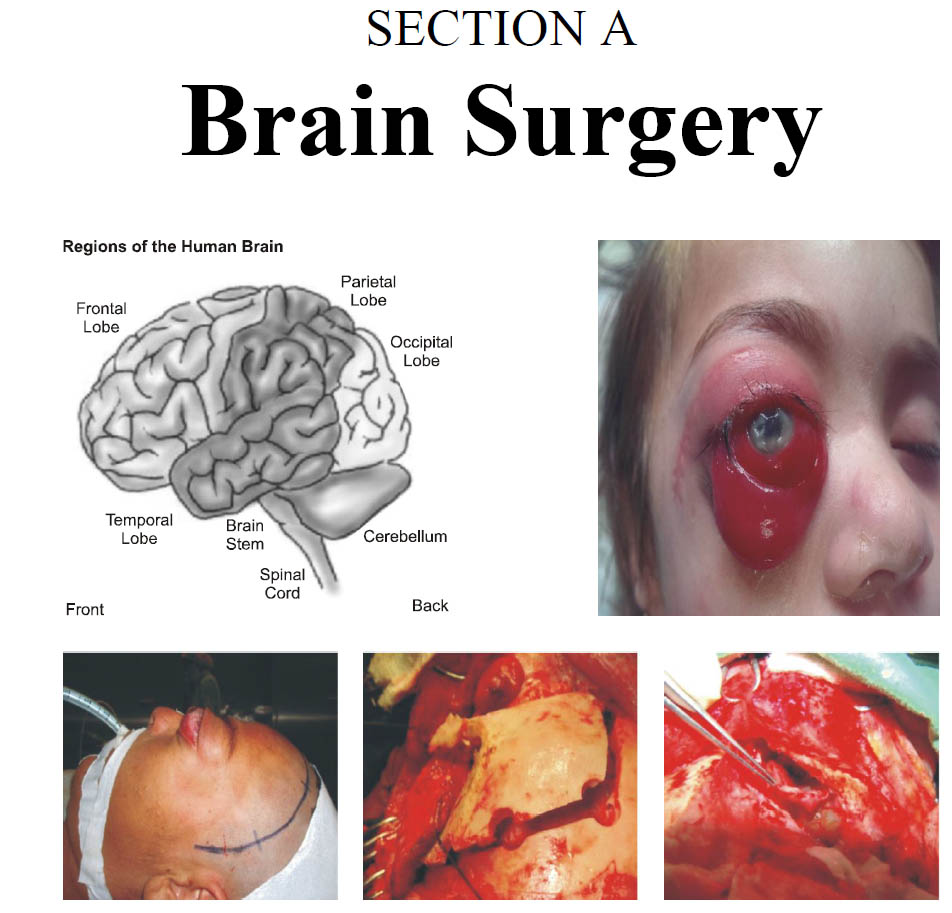Functional outcome of Microvascular Decompression for Trigeminal Neuralgia
Keywords:
Trigeminal neuralgia, Microvascular decompression, Borrow neurological institute pain scaleAbstract
Objective: To know functional outcome of microvascular decompression in trigeminal neuralgia.
Materials and Methods: This prospective study was conducted in the Department of Neurosurgery Lady Reading Hospital Peshawar from July 2014 to Dec. 2017. Patients with idiopathic trigeminal neuralgia with failed medical treatment were included in this study. A Barrow Neurological Institute pain score was calculated for all patients’ pre and post operatively. Microvascular decompression was done in all cases and follow up done in the outpatient department of all operated cases.
Results: Thirty six patients were included in the study and operated for trigeminal neuralgia. Pre-operatively 20 (55.5%) patients had a score of 5 and 16 (44.4%) had a score of 4. Postoperatively, at the last clinic follow up, 18 patients (48.6%) had a score of 1 while 15 (37.8%) had a score of 3 and 3 (8.1%) had a score of 4. Complication developed in nine cases which included cerebrospinal fluid leak (3 patients), 1 patient hearing loss, 2 patients developed wound infection, 1 patient meningitis and cerebellar hematoma in 1 patient.
Conclusion: Good preoperative workup in the form of history, physical examination, radiological workup and microsurgical techniques are pivotal for a successful outcome. Microvascular decompression is currently a safe and effective treatment option for patients having trigeminal neuralgia not responding to medical management.
References
2. Eller JL, Raslan AM, Burchiel KJ. Trigeminal neuralgia: definition and classification. Neurosurg Focus, 2005 May 15; 18 (5): E3.
3. Sabalys G, Juodzbalys G, Wang HL. Aetiology and pathogenesis of trigeminal neuralgia: a comprehensive review. J Oral Maxillofac Res. 2013; 3: e2.
4. Manzoni GC, Torelli P. Epidemiology of typical and atypical craniofacial neuralgias. Neurol Sci. 2005; 26 (2): s65–7.
5. Zakrzewska JM, Linskey ME. Trigeminal neuralgia. BMJ Clin Evid. 2014; 10: 12072.
6. Miller JP, Magill ST, Acar F, Burchiel KJ. Predictors of long-term success after microvascular decompression for trigeminal neuralgia. J Neurosurg. 2009; 110: 620-6.
7. Zakrzewska JM. Facial pain. In: Stannard C, Kalso E, Ballantyne J, eds. Evidence-based Chronic Pain Management. Chichester, West Sussex: Wiley-Blackwell, 2010: 144–6.
8. Cohen-Gadol AA. Microvascular decompression surgery for Trigeminal neuralgia and hemifacial spasm: Naunces of the technique based on experiences with 100 patients and review of the literature. Clin Neurol Neurosurg. 2011.
9. Barker FG, Jannetta PJ, Bissonette DJ, Larkins MV, Jho HD. The longterm outcome of microvascular decompression for trigeminal neuralgia. N Engl J Med. 1996; 334 (17): 1077-83.
10. Sarsam Z, Garcia-Fiñana M, Nurmikko TJ, Varma TR, Eldridge P. The long-term outcome of microvascular decompression for trigeminal neuralgia. Br J Neurosurg. 2010; 24 (1): 18-25.
11. Ramnarayan R, Mackenzie I. Brain-stem auditory evoked responses during microvascular decompression for trigeminal neuralgia: predicting post-operative hearing loss. Neurol India, 2006; 54 (3): 250-4.
12. Janetta PJ, Marc RM, Brent LC. Microvascular decompression of the trigeminal nerves. J Neurosurg. 1999; 90: 1-8.
13. Li ST, Pan Q, Liu N, Shen F, Liu Z, Guan Y. Trigeminal neuralgia: what are the important factors for good operative outcomes with microvascular decompression. Surg Neurol. 200; 62 (5): 400-4.
14. Theodosopoulos PV, Marco E, Applebury C, Lamborn KR, Wilson CB. Predictive model for pain recurrence after posterior fossa surgery for trigeminal neuralgia. Arch Neurol. 2002; 59 (8): 1297-302.
15. Broggi G, Ferroli P, Franzini A, Nazzi V, Farina L, La Mantia L, et al. Operative findings and outcomes of microvascular decompression for trigeminal neuralgia in 35 patients affected by multiple sclerosis. Neurosurgery, 2004; 55 (4): 830-8.
16. Bohman LE, Pierce J, Stephen JH, Sandhu S, Lee JY. Fully endoscopic microvascular decompression for trigeminal neuralgia: technique review and early outcomes. Neurosurg Focus, 2014; 37 (4): E18.
17. Tatli M, Satici O, Kanpolat Y, Sindou M. various surgical modalities for trigeminal neuralgia: literature study of respective longterm outcomes. Acta Neurochir (Wien), 2008; 150: 243-255.
18. Abdennebi B, Guenane L. Technical considerations and outcome assessment in retrogasserian balloon compression for treatment oftrigeminal neuralgia. Surg Neurol Int. 2014; 5: 118.
19. Régis J, Tuleasca C, Resseguier N, Carron R, Donnet A, Yomo S, et al. The very long-term outcome ofradiosurgery for classical trigeminalneuralgia. Stereotact Funct Neurosurg. 2016; 94 (1): 24-32.
20. Régis J, Tuleasca C, Resseguier N, Carron R, Donnet
A, Yomo S, et al. The very long-term outcome of radiosurgery for classical trigeminal neuralgia. Stereotact Funct Neurosurg. 2016; 94 (1): 24-32.

Downloads
Published
Issue
Section
License
The work published by PJNS is licensed under a Creative Commons Attribution-NonCommercial 4.0 International (CC BY-NC 4.0). Copyrights on any open access article published by Pakistan Journal of Neurological Surgery are retained by the author(s).












